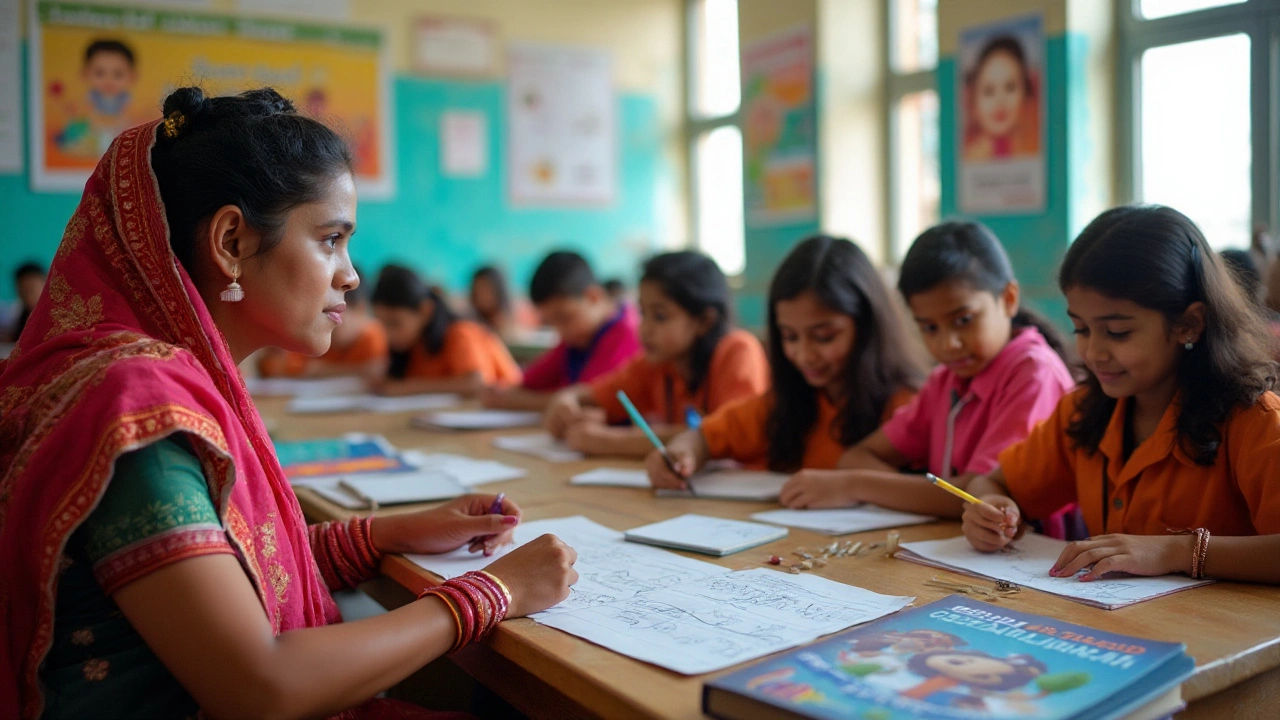
Understanding the Indian School Curriculum
If you’re a student, parent, or teacher, you’ve probably heard the term “school curriculum” tossed around a lot. In India it mainly means the subjects, topics, and skills set by boards like CBSE, ICSE, or state boards. The curriculum decides what you study from Class 1 all the way to Class 12, and it’s built around the NCERT textbooks for most central schools. Knowing how it works helps you plan study time, avoid surprises in exams, and make the most of school resources.
How CBSE Shapes Your School Years
CBSE (Central Board of Secondary Education) is the most popular board for Indian schools. It follows the NCERT syllabus, which lays out chapter by chapter topics for each subject. For example, in Class 10 maths you’ll cover algebra, geometry, and statistics in a specific order. The board also updates the curriculum every few years to match new government policies or tech trends. Recent changes include more emphasis on coding basics and environmental studies. Keeping an eye on the CBSE website lets you know when these updates hit your school.
Practical Tips to Stay Ahead
First, grab the official NCERT books early – they’re the core reference for most exams. Second, make a simple study calendar that follows the chapter sequence. Break each chapter into small goals; a 20‑minute review after school works better than cramming on weekends. Third, use past year papers to see how the curriculum translates into real questions. Finally, talk to your teachers about any new topics they add; they often give clues about upcoming changes before they’re official.
Remember, the curriculum isn’t just a list of topics – it’s a roadmap for what skills you’ll need later in college or work. By staying informed about CBSE updates, using NCERT books, and planning your study time, you’ll turn the curriculum into a helpful guide rather than a confusing set of rules. Keep checking for announcements, and you’ll always be ready for the next class.
